Making your own beard oil is by no means witchcraft and probably way easier than you think. In this comprehensive guide, you will find all the necessary steps to produce the popular beard care product yourself and all the reasons why you should do it. If you enjoy experimenting with beard oil, it might even develop into a hobby with the possibility of earning a little extra income.
What beard oil is and what it consists of

Beard oil is the most important and popular beard care product. It provides the facial skin under the beard with beneficial nutrients and moisture, which keeps it healthy and the whiskers soft and smooth. In addition, beard oil helps to reduce the annoying itching under the beard and counteract problems such as dandruff in the beard. Apart from that, it also gives the beard a pleasant scent and makes it look well-groomed.
Beard oils consist of the following ingredients:
- Carrier oils (also called base oils and are the main component of beard oil)
These include jojoba oil, almond oil, grape oil, argan oil, and many others. - Essential oils (mainly for the fragrance, although they can also add other beneficial effects to beard oil)
These include peppermint oil, jasmine oil, bergamot oil, orange oil, tea tree oil, cedarwood oil, and many others.
DIY or buy?

If you look for beard oil online, you will find products between $10 and $30+. At first glance this doesn’t seem too expensive – so why go to the trouble of making it yourself? As soon as you use beard oil every day, and especially if you already have a longer beard, you will notice that such a bottle will run out relatively quickly.
Here is a little calculation to show what exactly we mean by that:
A 1oz bottle contains about 600 drops of beard oil. To supply a somewhat longer full beard with sufficient beard oil, you need between 5 and 8 drops. If you apply the beard oil daily, the bottle would last you about 2.5 months.
Over a year, you would need to buy 5 more bottles and, at an average price of 14$, you will spend in total $70. However, if you buy premium products, the cost would rise significantly to $125 (25$/1oz). Some men apply beard oil in the morning and also in the evening, which would double the cost.
So beard oil is not as cheap as expected after all. The reason for this is that the profit margin is quite high and so-called “premium” products are often extremely overpriced, considering the ingredients used. However, we do not want to lump all the products together. Some manufacturers may use exotic or regional ingredients, which cannot be purchased easily as an individual.
In the following diagram you can see how the price of homemade beard oil relates to the price of premade beard oil:

The average cost of DIY beard oil with simple ingredients is $4 as opposed to $14 for a premade product. For premium beard oils the price difference is even more extreme – $8 to $25. This price already includes the tools required for the preparation.
If we apply the same calculation from before to homemade beard oil, we get the following picture:
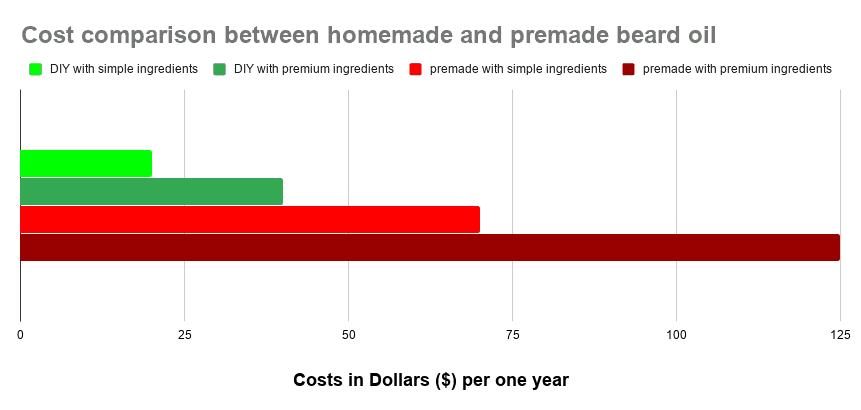
Over a year, we would save $50 with a simple formula and $85 with high-quality ingredients. Actually, it is even cheaper to produce a premium beard oil yourself than to buy a generic premade one. If you buy the oils in larger quantities, the costs would decrease even more. As you can see, from a financial point of view, the self-production is definitely worth it! Moreover, it is also really easy and enjoyable for many guys.
Apart from the financial aspect, there are also other benefits. By choosing the ingredients yourself, you can create your own individual beard oil that suits your needs and preferences best. Furthermore, you can also fill small quantities and experiment with different recipes, so you are not limited to predefined products. There is also no risk of buying a beard oil that you don’t like the smell of. But before we start with the practical side, we have to clarify a few basics.
If you are still not convinced, you can always choose a premade beard oil and have a look at our extensive review of available oils.
Carrier oils – the foundation of beard oil
Carrier oils or base oils are the most important component of your beard oil recipe, as they make up the majority of it and serve as the basis for the essential oils. There are many different carrier oils and they all have different beneficial effects on your skin and beard.
To keep this guide concise, we will present here only three of the better-known oils, which are particularly suitable for beginners:
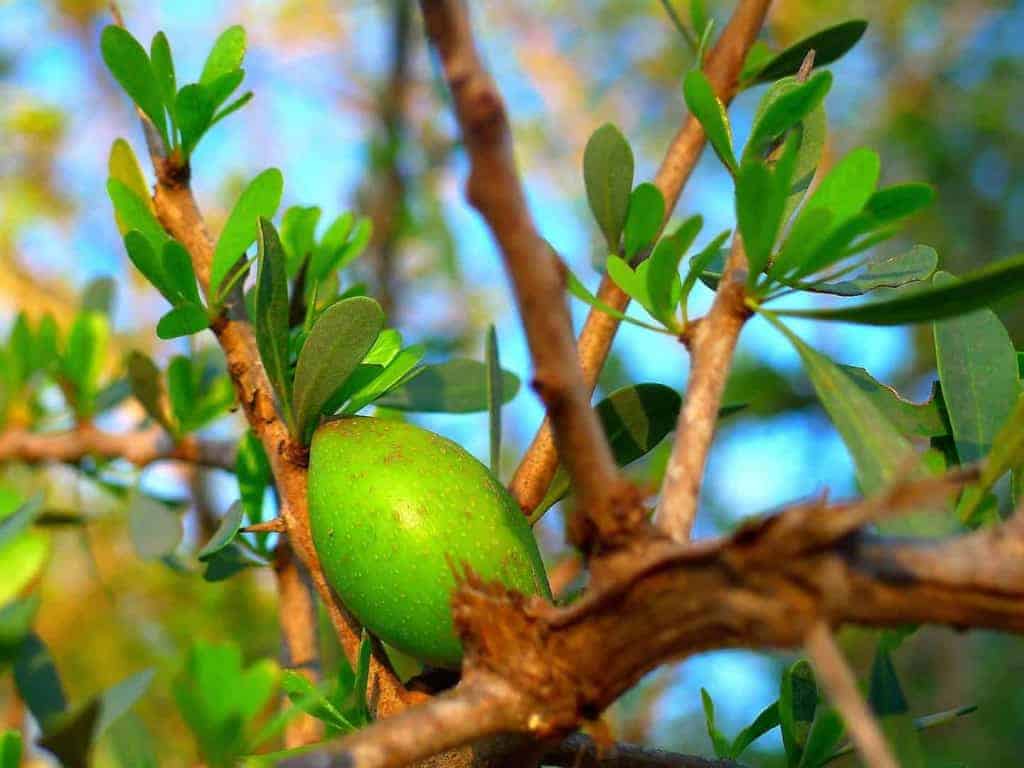
Argan oil
Argan oil (Argania spinosa) is extracted from nuts of the argan tree.
We recommend the following argan oil from Morocco.
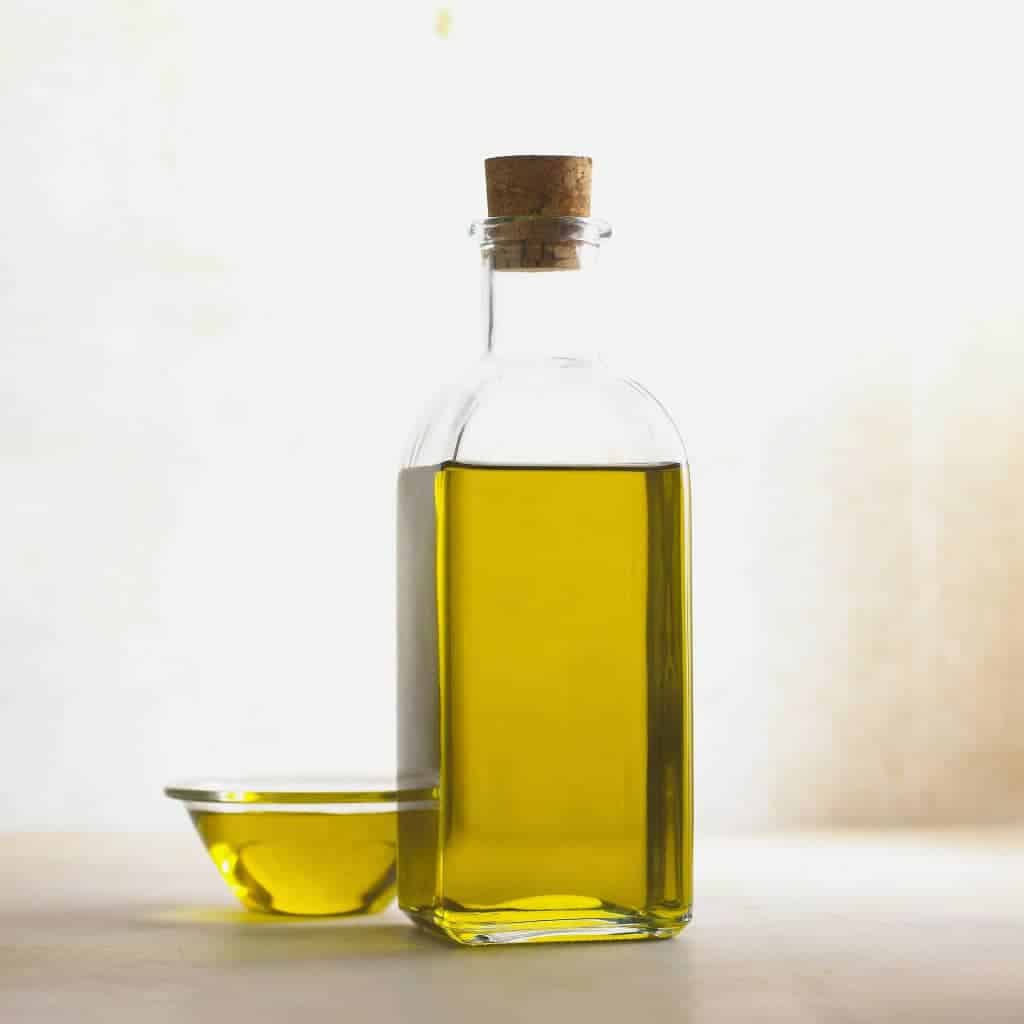
Jojoba oil
Jojoba oil (Simmondsia Chinensis) is made from seeds of the jojoba plant. A wax-like substance is pressed out of the jojoba seeds, which liquefies at room temperature.
We recommend the following jojoba oil.
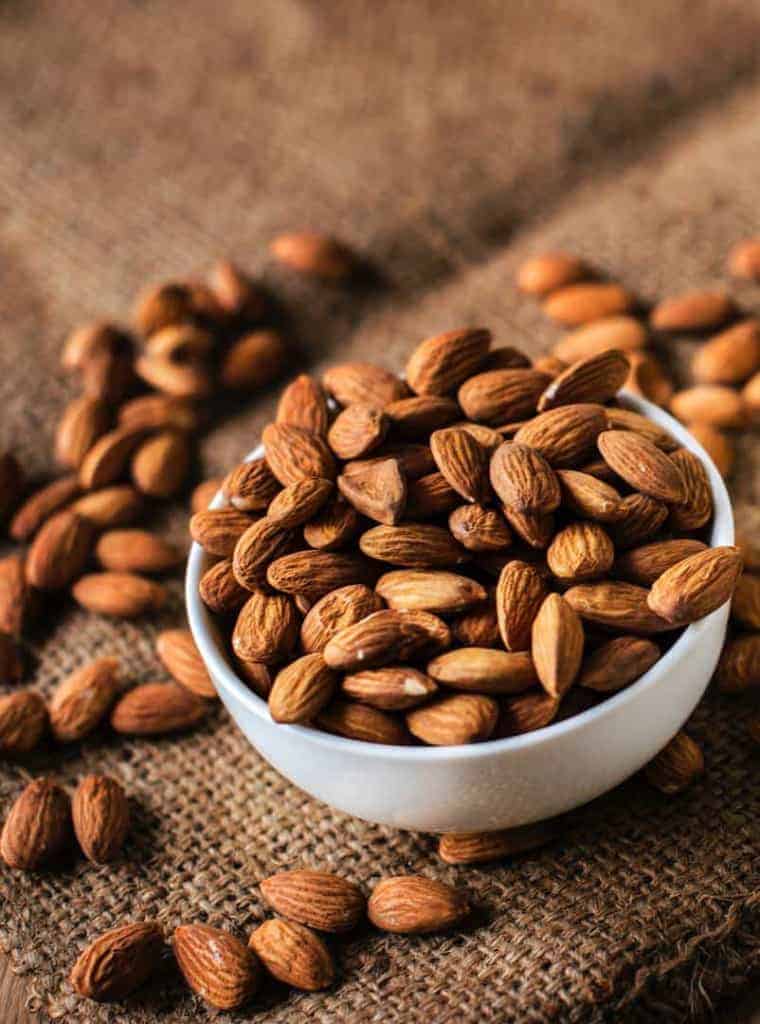
Almond oil
Almond oil (Prunus Amygdalus Dulcis) is obtained from the nuts of the almond tree.
We recommend the following almond oil.
Other carrier oils are avocado oil, sunflower oil, marigold oil, coconut oil, hemp seed oil, grape oil, apricot oil, and many others. You can combine different carrier oils and thus create your very own beard oil recipe. For your first attempt, we would recommend you stick to these three base oils and add others as you go.
Essential oils – that certain something to your beard oil!
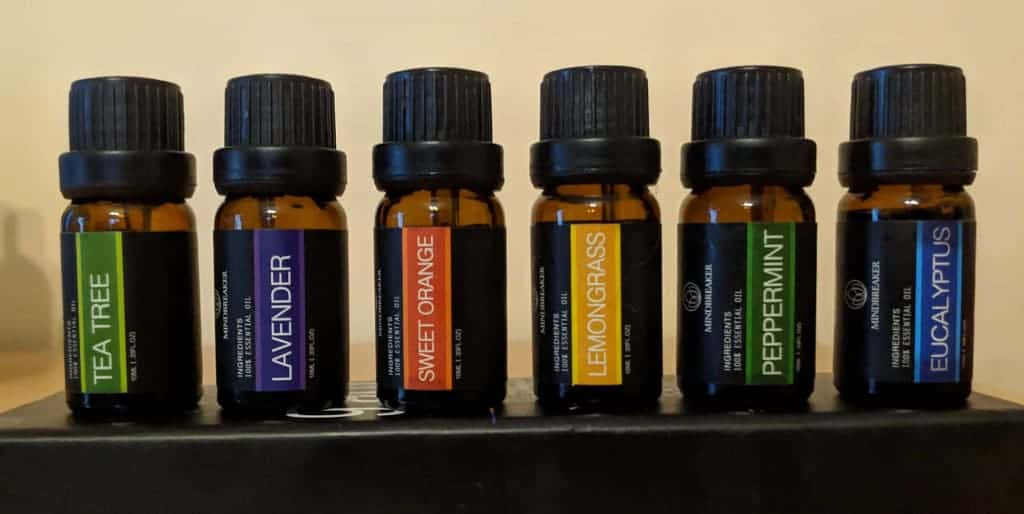
Theoretically, the carrier oil alone could already be used as beard oil. However, this would mean that we would forego a lovely scent and additional positive health factors. The essential oils take care of that.
Essential oils are natural substances found in flowers, seeds, shells and other parts of plants. They are concentrated and extremely potent, so we will only need them in very small amounts. Below you will find some of the more popular essential oils to give you a little insight:
- Rosemary oil: Intense fragrance and studies show that it can stimulate hair growth as well as protect against beard dandruff
- Cedarwood oil: Very intensive masculine scent and can help against acne
- Orange oil: Refreshing and invigorating fragrance
- Eucalyptus oil: Popular fragrance and is often used for the anti-aging effect
- Bergamot oil: Antibacterial and antiseptic qualities
- Tea tree oil: May promote the growth of your beard and counteract dandruff
- Peppermint oil: Gives your beard oil that certain kick and can help against hair loss
- Sage oil: Pleasant aroma and can have anti-inflammatory and antiseptic effects
There are a lot of other essential oils – over 100 in total. Since you probably can’t tell at the beginning which scents you will like, we recommend you to buy a set with many different essential oils in small quantities. The oils from such sets are usually not of high quality, but you should be able to do some experimenting with them.
Once you have found some essential oils that suit your preferences, you can still switch to high-quality ones.


Allergic reactions
The majority of natural oils are harmless and will not cause skin problems. However, if you have very sensitive skin or you are already aware of allergic reactions to certain substances, we recommend that you take a close look at the ingredients and choose oils that are similar to the body’s own oils. (for example jojoba oil)
In such cases, it is also advisable to apply the Beard Oil only to a small area and to check after a few days whether it responds with skin irritation or other symptoms.
Tools you need
- 1oz Amber Glass Dropper Bottles
- A small funnel (in many cases this is included with the bottles)
- Measuring cup
Why you should use amber glass
Make sure that the dropper bottles are made of amber glass or at least green glass.
The brown-colored glass protects the beard oil from UV radiation and thus makes it last longer.
Got everything you need? Then we can finally get down to business!

How to make beard oil at home – The step by step guide
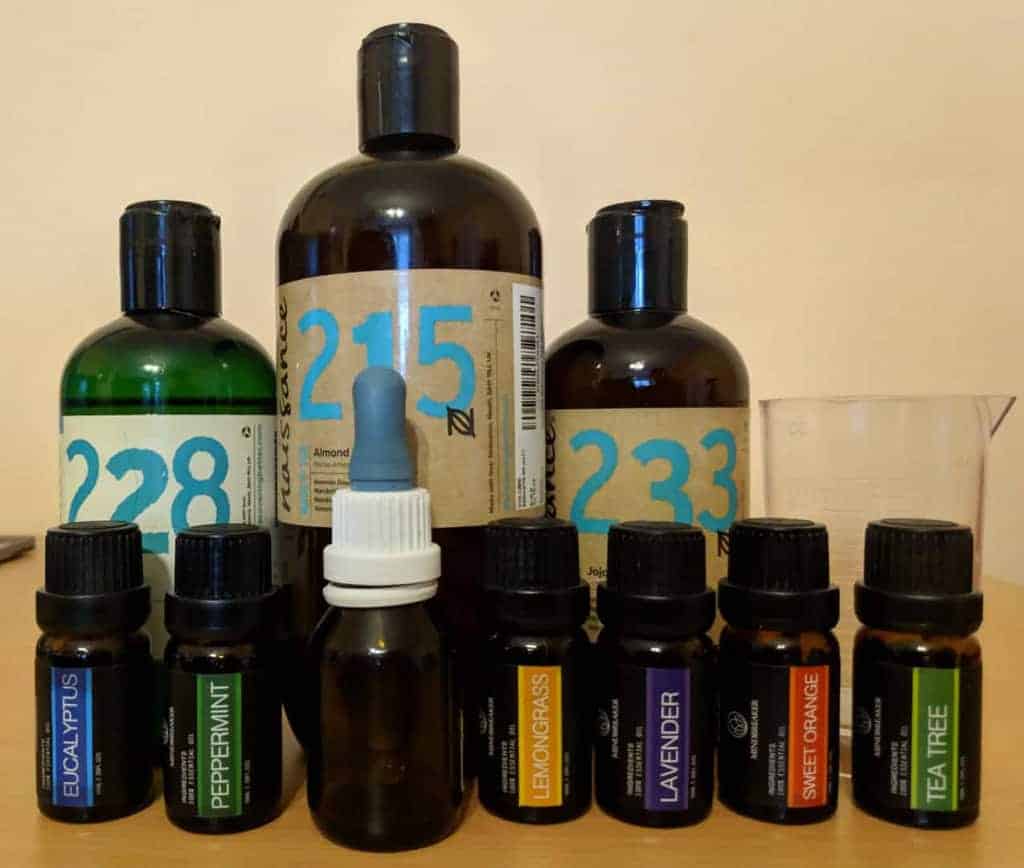
You have prepared all tools and chosen your carrier oils and essential oils? Then we are ready to start:
- Sterilize your dropper bottles to make your beard oil last longer
Place the bottles in a cooking pot and fill them with water. Bring the water to a boil and after a few minutes empty the pot again. Let the bottles dry in the air. - Fill the measuring cup with the carrier oils
You can use one carrier oil or combine several. Just experiment with it until you find a mixture that works for you. - Add the essential oils to the measuring cup
- Pour the contents of the measuring cup into your amber glass bottle using the funnel
- Screw the bottle shut and shake it well
Congratulations – your beard oil is ready!
Don’t forget to write down your recipe! This way you will be able to use specific oils for your next beard oil or avoid others – especially if you notice at some point that your skin reacts with skin irritations. In the end, there is nothing worse than finding the perfect mixture and not remembering the proportions afterward.
Some beard oil recipes to try out
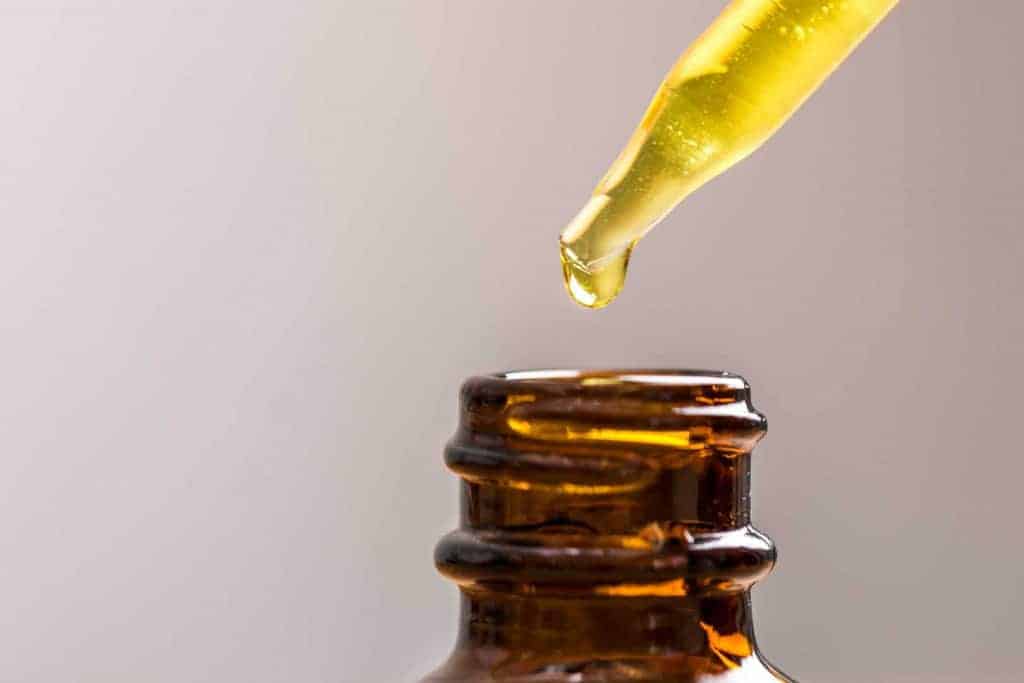
Of course, we recommend that you experiment and create your own recipe. But to give you a better idea of what a beard oil recipe might look like and which oils are easy to blend, we have put together a few simple recipes to get you started.
Refreshing forest scent
- 1/2oz argan oil
- 1/2oz jojoba oil
- 2 drops of peppermint oil
- 2 drops of tea tree oil
- 3 drops of cedarwood oil
Pure relaxation
- 2/3oz jojoba oil
- 1/3oz almond oil sweet
- 6 drops of lavender oil
- 3 drops of rosemary oil
- 3 drops of eucalyptus oil
- 1 drop of tropical orange oil or lemongrass oil
Simple but good
- 1oz almond oil sweet
- 3 drops of tea tree oil
- 3 drops of eucalyptus oil